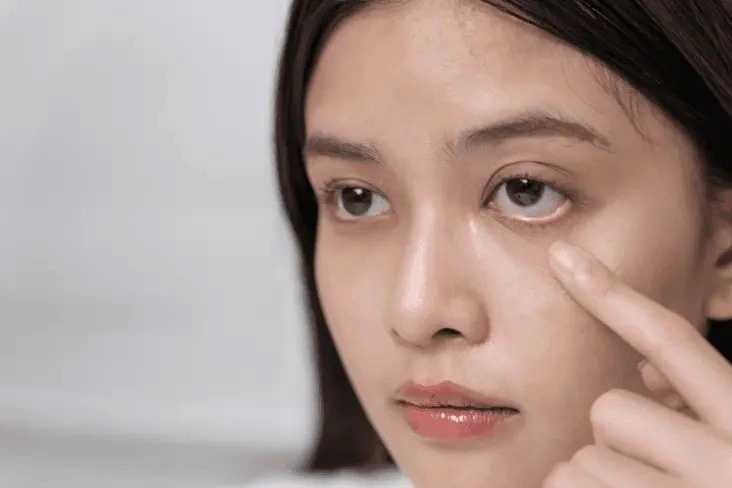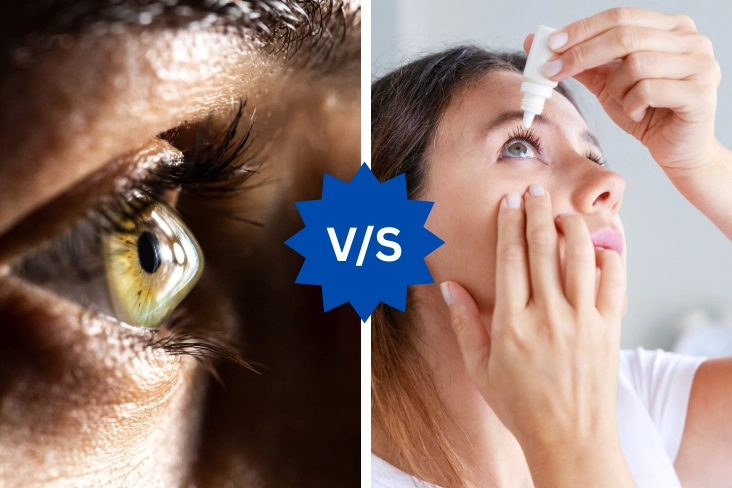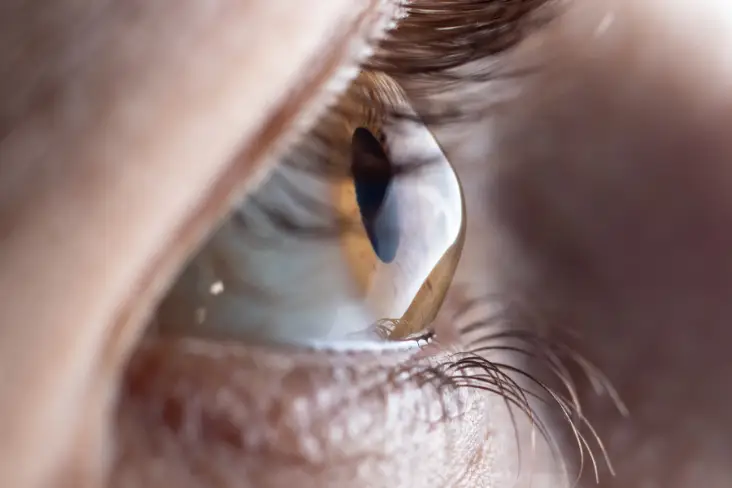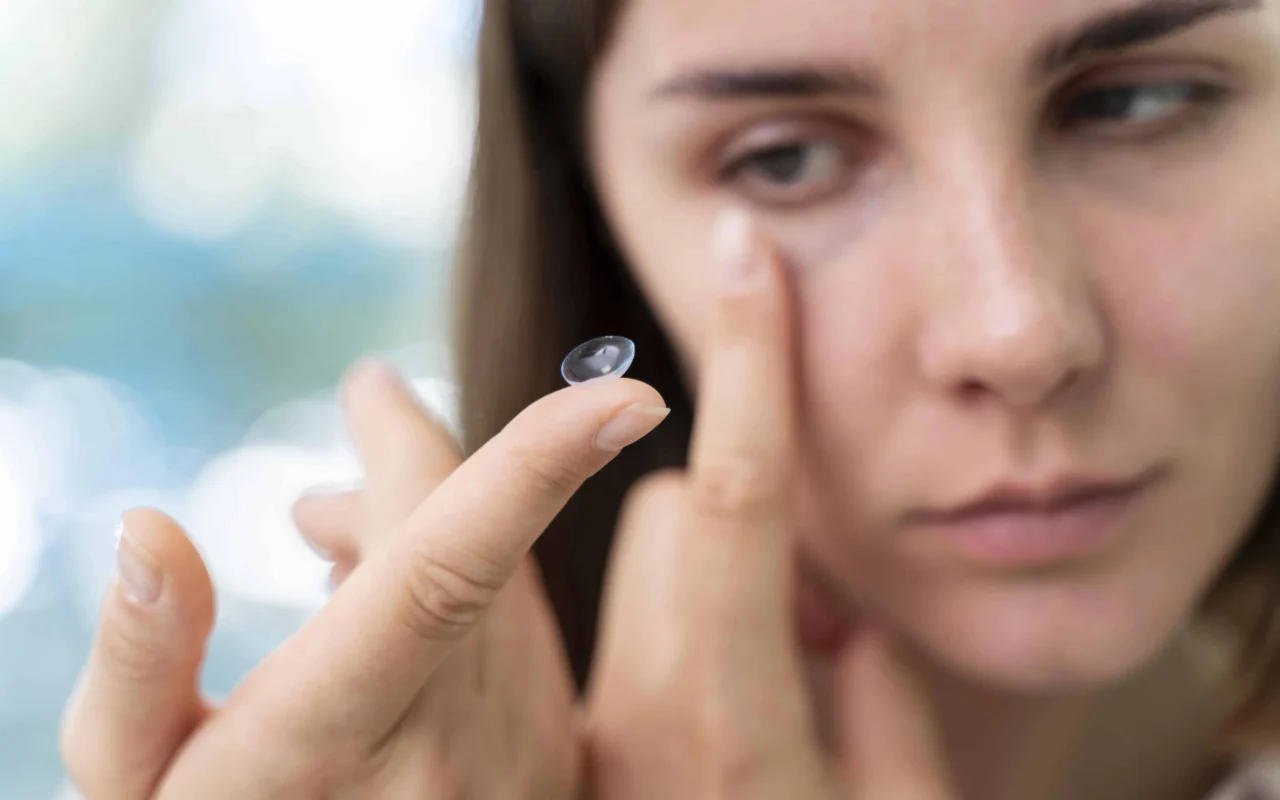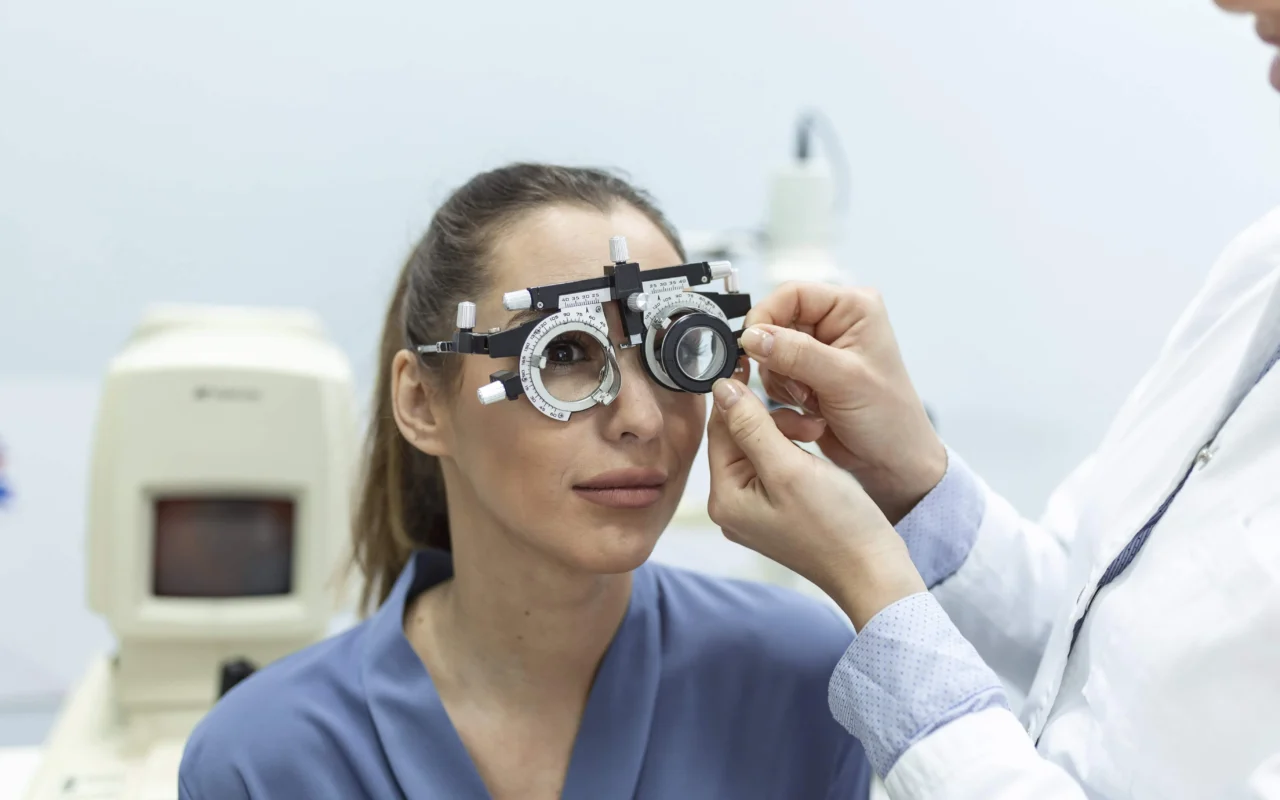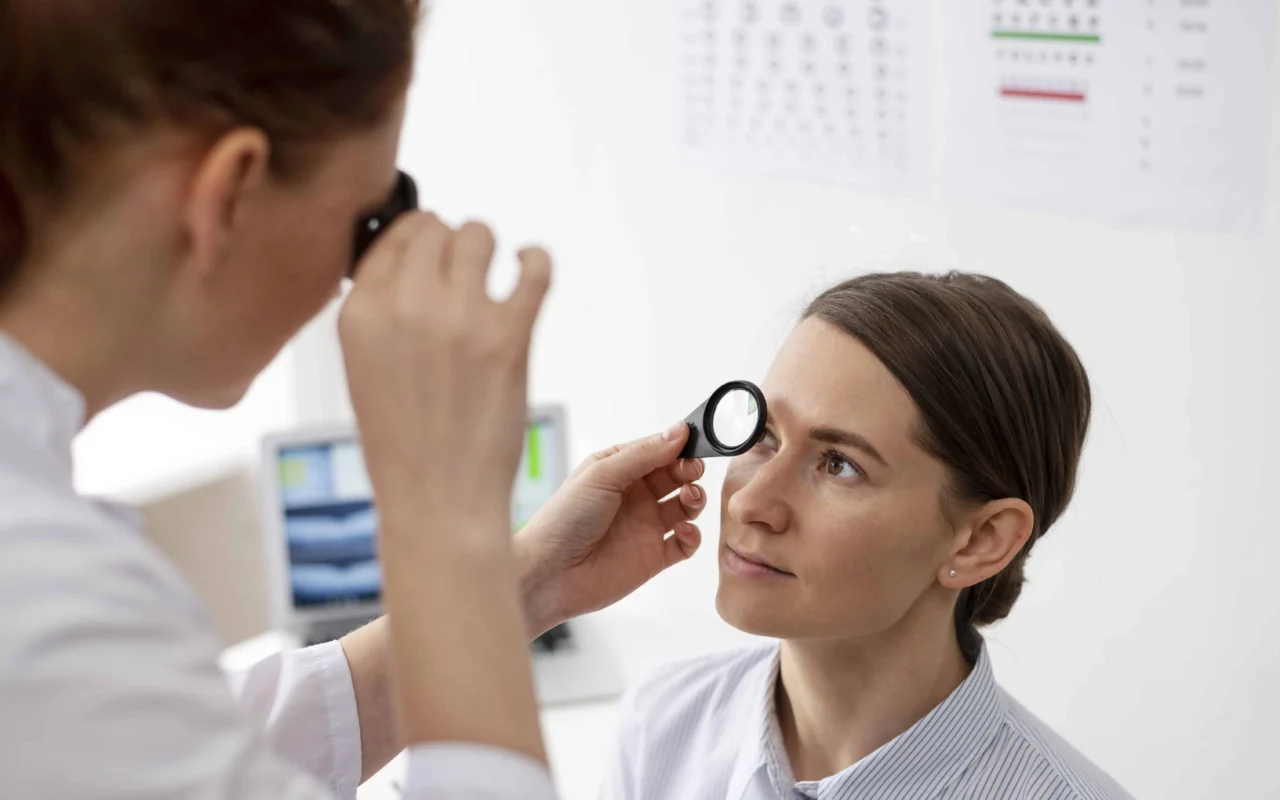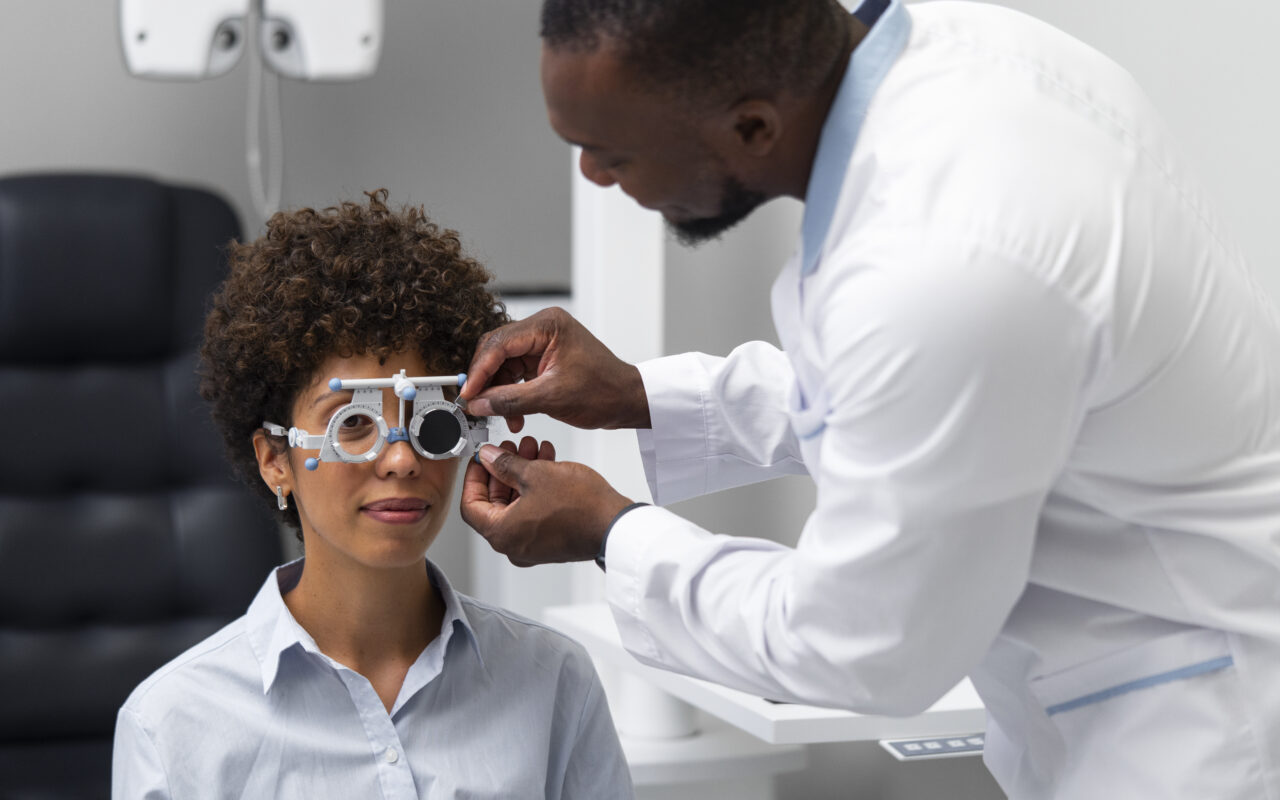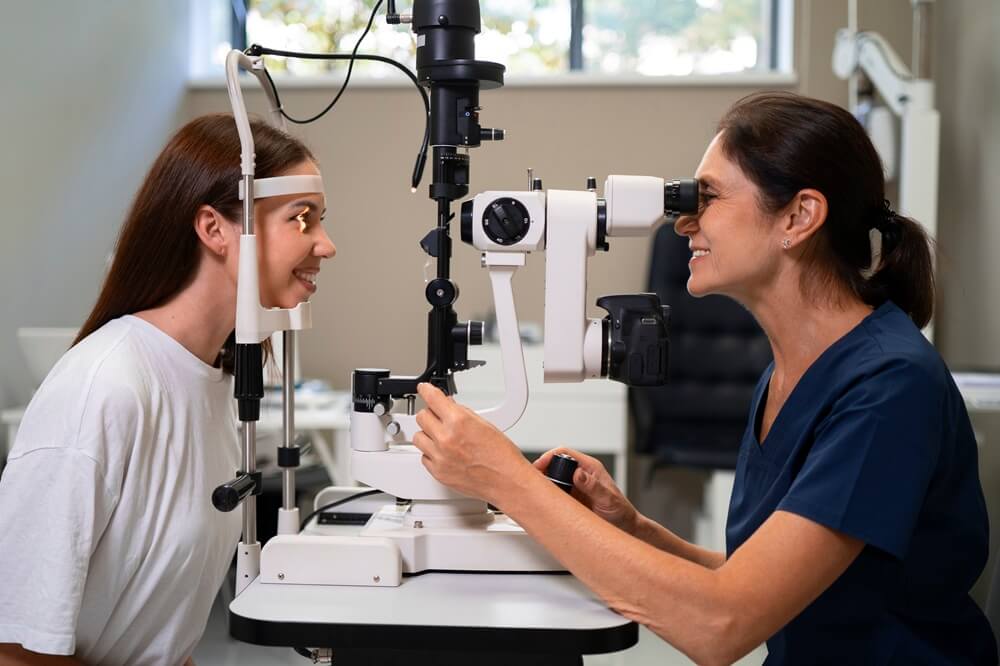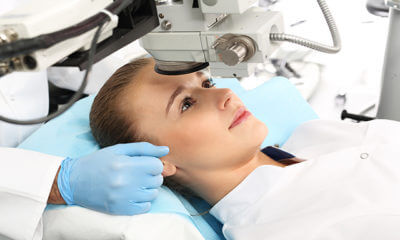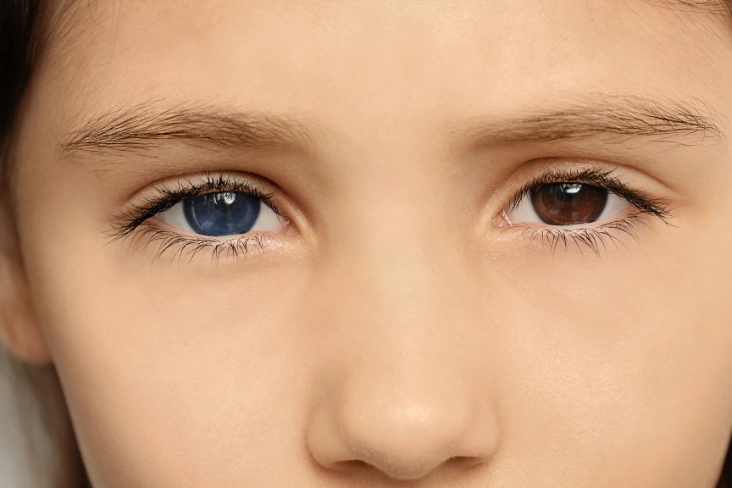
What Is Heterochromia: Types, Causes & Treatment Options
Eye color is one of the most striking and unique features that make each person different. While most people have eyes of the same color, some individuals naturally have two different-colored eyes, a rare and fascinating condition called heterochromia. This difference in eye color can be subtle or dramatic and is usually harmless. However, in some cases, it may be linked to underlying medical conditions or changes in the eye’s pigment over time.
Understanding what heterochromia is, what causes it, its types, and when to seek medical advice can help you recognize whether it’s purely a genetic trait or something that needs professional attention.
What Is Heterochromia?
Heterochromia is an eye condition in which a person has different colors in one or both eyes due to variations in melanin, the pigment that determines eye color. The iris, the colored part of the eye, can have more or less melanin, leading to distinct color differences.
Some people are born with heterochromia (congenital), while others develop it later in life (acquired) due to factors like injury, inflammation, eye disease, or even certain medications used for conditions such as glaucoma. Most cases are completely harmless and do not affect vision, but if the color change happens suddenly or is accompanied by discomfort or vision changes, it’s best to get it checked by an eye doctor.
Continue reading What Is Heterochromia: Types, Causes & Treatment Options

